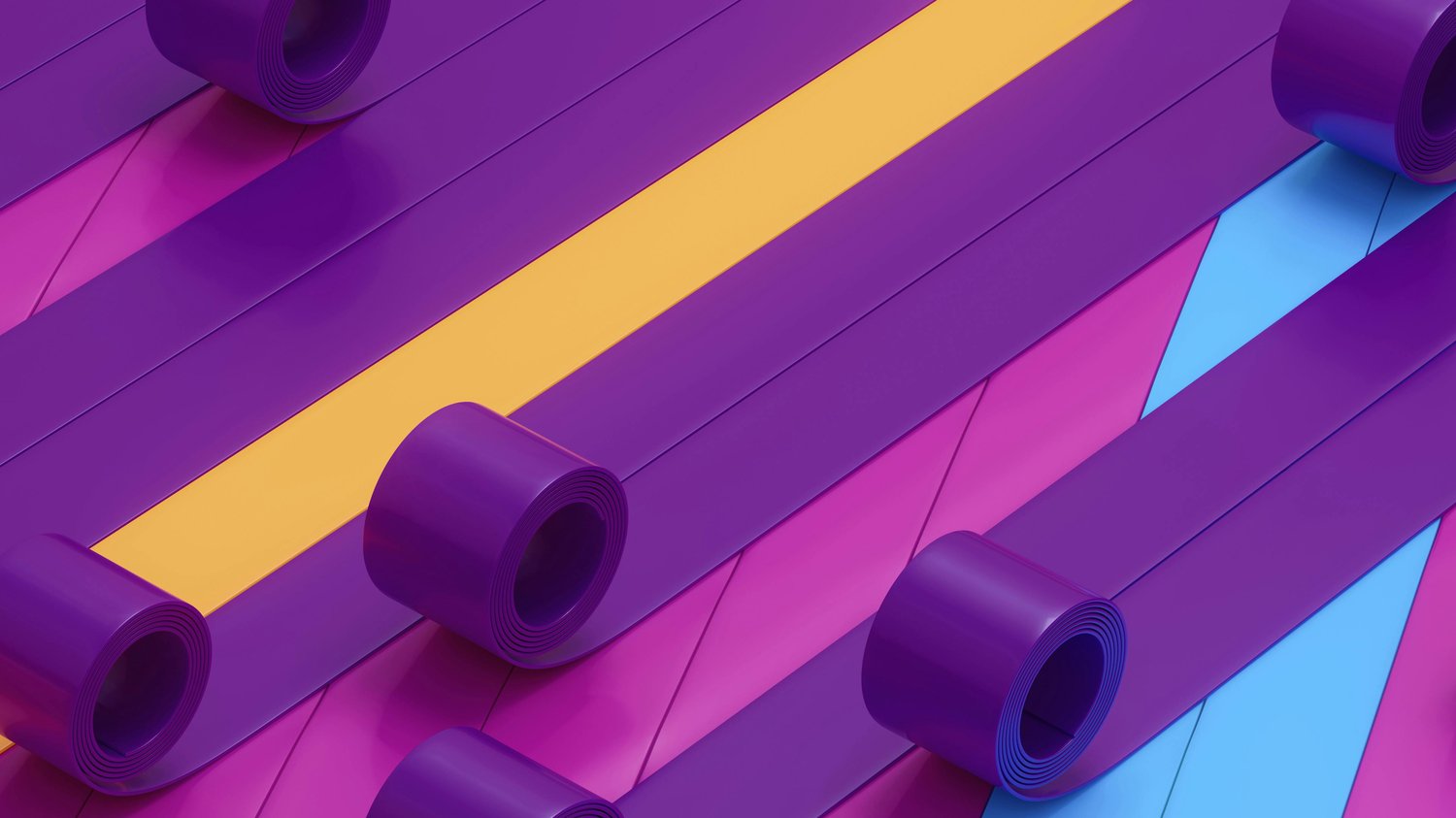In the bustling world of digital products, where countless designs compete for attention, simplicity often trumps complexity. Minimalist design, with its clean lines, uncluttered layouts, and strategic use of space, has become a dominant trend in digital product design. But what makes minimalism so effective, and how can you harness its power to create compelling digital products? In this blog post, we'll explore the principles of minimalist design and how you can apply them to elevate your digital offerings.
The Appeal of Minimalist Design
Minimalism is more than just a design trend—it's a philosophy. Rooted in the idea that "less is more," minimalist design focuses on the essentials, stripping away the unnecessary to create a more profound and impactful user experience. This approach is particularly effective in the digital space, where users are bombarded with information and distractions.
Key Benefits of Minimalist Design
- Clarity: With fewer elements on the screen, the user’s attention is naturally drawn to the most important parts of your design.
- Usability: Simple designs are easier to navigate, improving the overall user experience and reducing confusion.
- Aesthetic Appeal: Minimalist designs often appear more modern and sophisticated, appealing to a wide audience.
- Performance: Fewer elements and cleaner code can lead to faster load times, which is crucial for digital products.
Principles of Minimalist Design
To master minimalist design, it's essential to understand its core principles. These guidelines will help you create designs that are both visually appealing and highly functional.
- Focus on Content:
- Content is king in minimalist design. Your design should highlight the core message or functionality of your digital product without overshadowing it with excessive visuals or unnecessary features.
- Tip: Use large, legible fonts and plenty of white space to make your content stand out.
- Use Negative Space:
- Negative space, or white space, is the empty space around design elements. In minimalist design, negative space is used to create a sense of balance and to direct the user’s focus.
- Tip: Resist the urge to fill every inch of the screen. Instead, let your design elements breathe.
- Simplify Color Schemes:
- Minimalist design typically employs a limited color palette, often sticking to neutral tones with occasional accents. This not only creates a clean look but also helps establish a strong brand identity.
- Tip: Choose a primary color and a secondary accent color, and use them consistently throughout your design.
- Emphasize Functionality:
- Every element in a minimalist design should serve a purpose. Decorative elements that don’t contribute to functionality or user experience should be removed.
- Tip: Focus on essential features and design elements that enhance usability.
- Consistent Typography:
- Typography plays a crucial role in minimalist design. Clean, sans-serif fonts are commonly used to maintain readability and a modern aesthetic.
- Tip: Stick to one or two font families and ensure consistency in size, weight, and spacing.
Applying Minimalist Design to Digital Products
- Now that you understand the principles of minimalist design, let’s explore how you can apply them to various types of digital products.
- Websites and Landing Pages:
- Clean Layouts: Use a grid system to organize content and maintain visual harmony.
- High-Impact Imagery: Choose one or two high-quality images that support your message rather than overcrowding the page with visuals.
- Simplified Navigation: Limit menu options to essential links, making it easier for users to find what they’re looking for.
- Ebooks and Digital Publications:
- Uncluttered Pages: Focus on readability by using ample margins and spacing between lines and paragraphs.
- Strategic Imagery: Incorporate minimal but impactful images or icons that complement the text.
- Consistent Formatting: Use a consistent style for headings, subheadings, and body text to guide the reader through the content.
- Social Media Templates:
- Bold Text: Make your message stand out with large, bold text, while keeping other design elements minimal.
- Neutral Backgrounds: Use simple, neutral backgrounds to ensure that the text and main visuals are the focal points.
- Limited Elements: Avoid overcrowding templates with too many icons, shapes, or patterns.
- Mobile Apps:
- Intuitive Interfaces: Design user-friendly interfaces with minimal buttons and clear calls to action.
- Optimized for Speed: A minimalist approach helps reduce app load times and improves user experience.
- User-Centric Design: Prioritize the features that users need the most, eliminating any unnecessary complexities.
- Digital Planners and Journals:
- Clear Layouts: Organize content with clear sections and ample white space, making it easy for users to navigate and fill out.
- Subtle Accents: Use minimal color accents to highlight important sections or to add a touch of personality without overwhelming the user.
Conclusion: Embrace the Power of Minimalism
In a world where digital clutter is all too common, minimalist design offers a refreshing and effective approach. By focusing on the essentials and embracing the principles of simplicity, you can create digital products that not only look great but also deliver a superior user experience. Whether you're designing a website, an eBook, or a social media template, remember that less is more. Strip away the excess, and let your content and functionality shine.
Start incorporating minimalist design into your digital products today, and watch as your creations stand out in a crowded marketplace, attracting more users and driving higher engagement.

